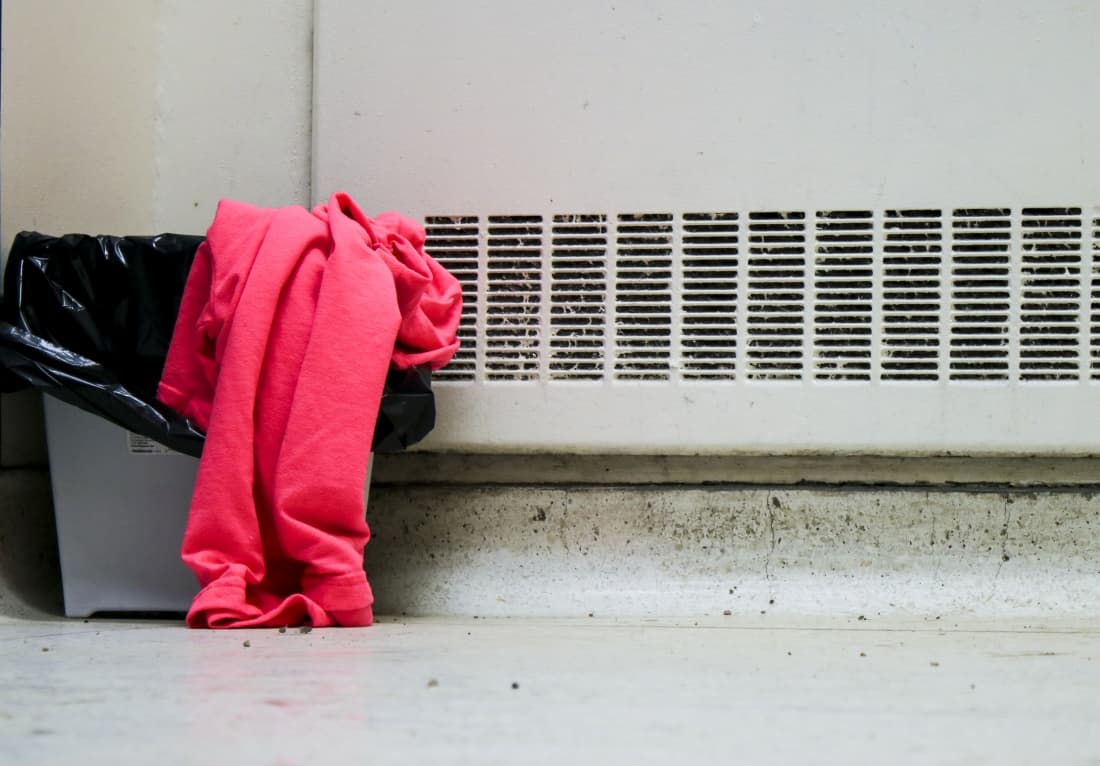On Feb. 28, participants in the annual Pink Shirt Day movement took a stand against bullying by sporting pink shirts. In addition to raising awareness, the main goal of this campaign is to spark change, but it fails to demonstrate how this change can be made.

Pink Shirt Day should be an active, responsive campaign.
Let’s start by identifying the target population of campaigns like Pink Shirt Day: youth. The Pink Shirt Day initiative was inspired by an act of solidarity from students at a Nova Scotia high school in 2007 and has since expanded to become a fundraising campaign in high schools across Canada for CKNW Kids’ Fund.
As a victim of many forms of bullying, I believe this campaign needs to offer more supportive methods of intervention and should push for the implementation of such methods in classrooms. When it comes to addressing bullying behaviour in the classroom, teachers often utilize one of two common approaches: requesting silence or pursuing punishment.
Both of these methods, however, encourage the persistence of bullying behaviour and fail to address the core issues at hand. We should all take a step back and re-evaluate these approaches.
To trace bullying back to the root of its problem, we should ask what drives people to inflict physical, emotional or psychological abuse on others.
Instead of using punishment or complacency as tools of combat, we need to equip teachers, leaders and bystanders with the tools and training to not only recognize abnormal behaviour but also address it using an approach that is most beneficial for all parties in conflict.
In some situations, perpetrators of abuse don’t need to be punished but rather given access to the resources they need to get back on track — including counselling, community-building initiatives and opportunities to develop interpersonal skills. If we start directing our efforts toward helping these individuals, we will readily reduce the victim count.
Often, our initial reaction is to think badly of and draw away from those we see as bullies. Bullying behaviour, however, is a complex and multifaceted matter. I encourage you to consider the underlying emotional and psychological factors that influence and encourage this behaviour and reach out toward — instead of drawing away from — those who need your help.
We are in positions of influence. We have the ability to lay down the foundations for our future, and it is up to us to decide where we want to see this society in the years to come. No one deserves to be bullied, and those who engage in bullying behaviour also deserve a chance to turn things around, because we all deserve to be treated equally and equitably.
—
Ine Fourie
Photo: Lauren Klassen